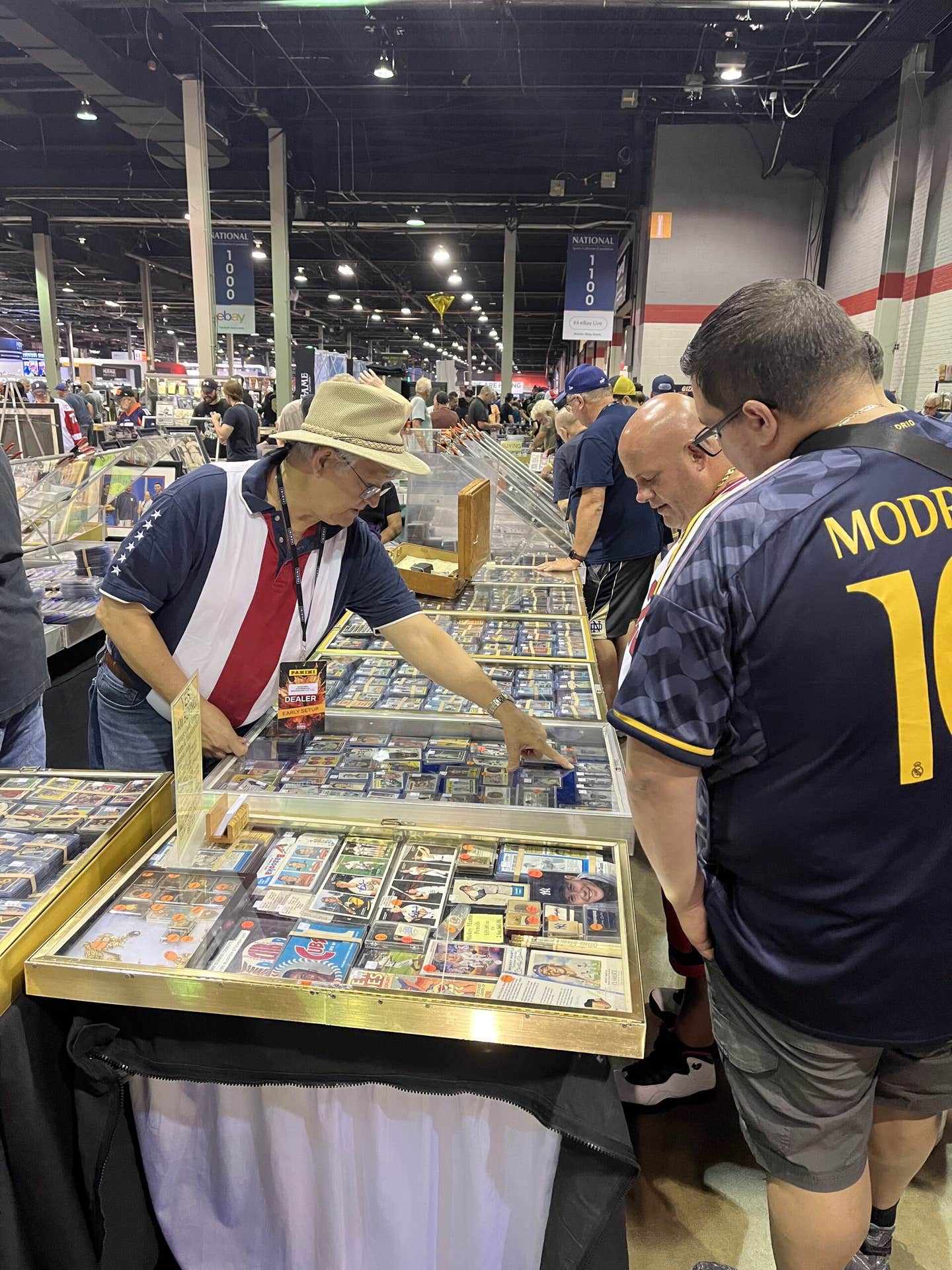News
A 1979 rookie card holds special place in my heart, collection
As hobbyists, there are few things more enjoyable than a fellow collector giving you a card he knows you will enjoy and treasure.
Last summer, I was visiting my friend Keith Medlin and his family when he pulled out boxes of baseball cards he had collected over the years. We spent the next two hours sorting through cards and reminiscing about players we grew up idolizing and rooting for.
Before I left, Keith slid a card across the table and said, “Here, I want you to have this one.”
It was a 1979 rookie card of former Braves star Bob Horner, a slugger Keith and I had both enjoyed watching in the 1980s.
Though I had several cards of 1980s Braves star Dale Murphy, I did not have one of Horner. I was thrilled to get the card, placing it in a protective sleeve as soon as I got home.
It is now one of my most coveted cards.
About a month later, Keith passed away after a short illness. We had a lot of great times together over the years, but one of my lasting memories will always be of him sliding that Bob Horner card across the table.
Horner, who is listed in Brian Flinn’s story on the rookie cards of baseball’s No. 1 draft picks, has always been one of my favorite players, even before he arrived in Atlanta.
Horner was a phenom at Arizona State, where he set a then-college baseball record with 58 career home runs and won the very first Golden Spikes Award as the nation’s best player. A two-time All-American, he was the MVP of the 1977 College World Series.
That’s where I was first introduced to the big, burly slugger.
By 1977, I was a huge college baseball fan. I loved Major League Baseball, but in 1975 I was introduced to the college game when Yankees legend Bobby Richardson led the South Carolina Gamecocks (his former college team) to the College World Series for the first time. Later that summer, I attended Richardson’s USC baseball camp.
Two years later, South Carolina returned to the CWS under new head coach June Raines and future major leaguer Mookie Wilson. They made it to the CWS finals that year, losing to, you guessed it, Horner’s Arizona State Sun Devils.
A member of the College Baseball Hall of Fame, Horner led a stacked team with ASU teammates Hubie Brooks, Chris Bando and pitcher Darrell Jackson all making it to the big leagues.
After winning the CWS, Horner was the No. 1 pick in the 1978 MLB Draft (Brooks went third to the Mets) and made an immediate impact for my beloved Braves. One of the first players to bypass the minor leagues and go straight from college to the majors, he hit a home run off Hall of Famer Bert Blyleven in his first big-league game. He hit 23 home runs in 89 games that season to win NL Rookie of the Year.
Over the next nine years, Horner and Murphy formed one of the most lethal power-hitting tandems in baseball, leading the Braves to the 1982 NLCS. In his 10-year career, Horner belted 218 home runs. He hit 30 or more three times and 20 or more seven times.
In a memorable 1986 game against Montreal (with Brooks, his former college teammate, in the Expos dugout), Horner became just the 11th player in MLB history to belt four home runs in one game. In 1985, I had covered a South Carolina game in which future major leaguer Dave Hollins hit three home runs in one game. A year later, I watched proudly as Horner did him one better.
Horner was on track to become one of baseball’s top sluggers, but injuries cost him parts of two seasons. Then, in 1987, he was a victim of salary collusion by team owners and wound up playing in Japan. After hitting 31 homers for the Yakult Swallows, he returned to play for the Cardinals before more injuries ended his career.
Horner will always be one of my all-time favorite players. And now his rookie card is one of my most coveted.
— Jeff Owens is the editor of SCD and sportscollectorsdigest.com. You can reach him at jowens@aimmedia.com or on Twitter at @jeffowens_jeff.
Jeff Owens is the editor of SCD.








